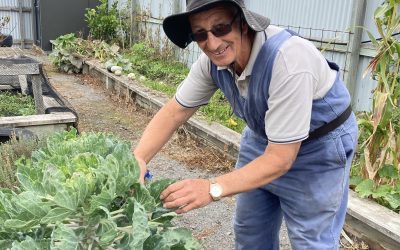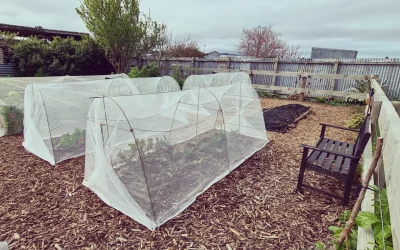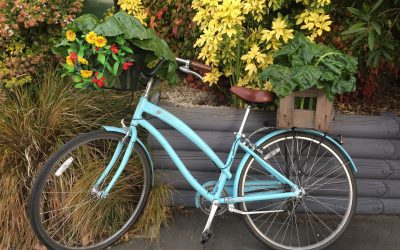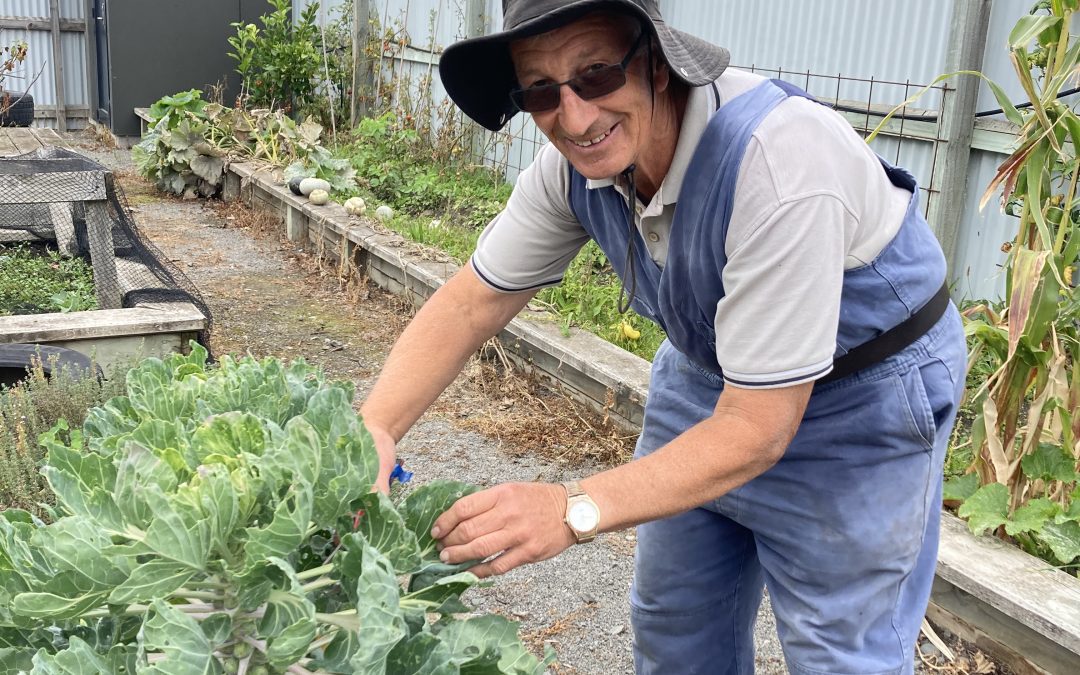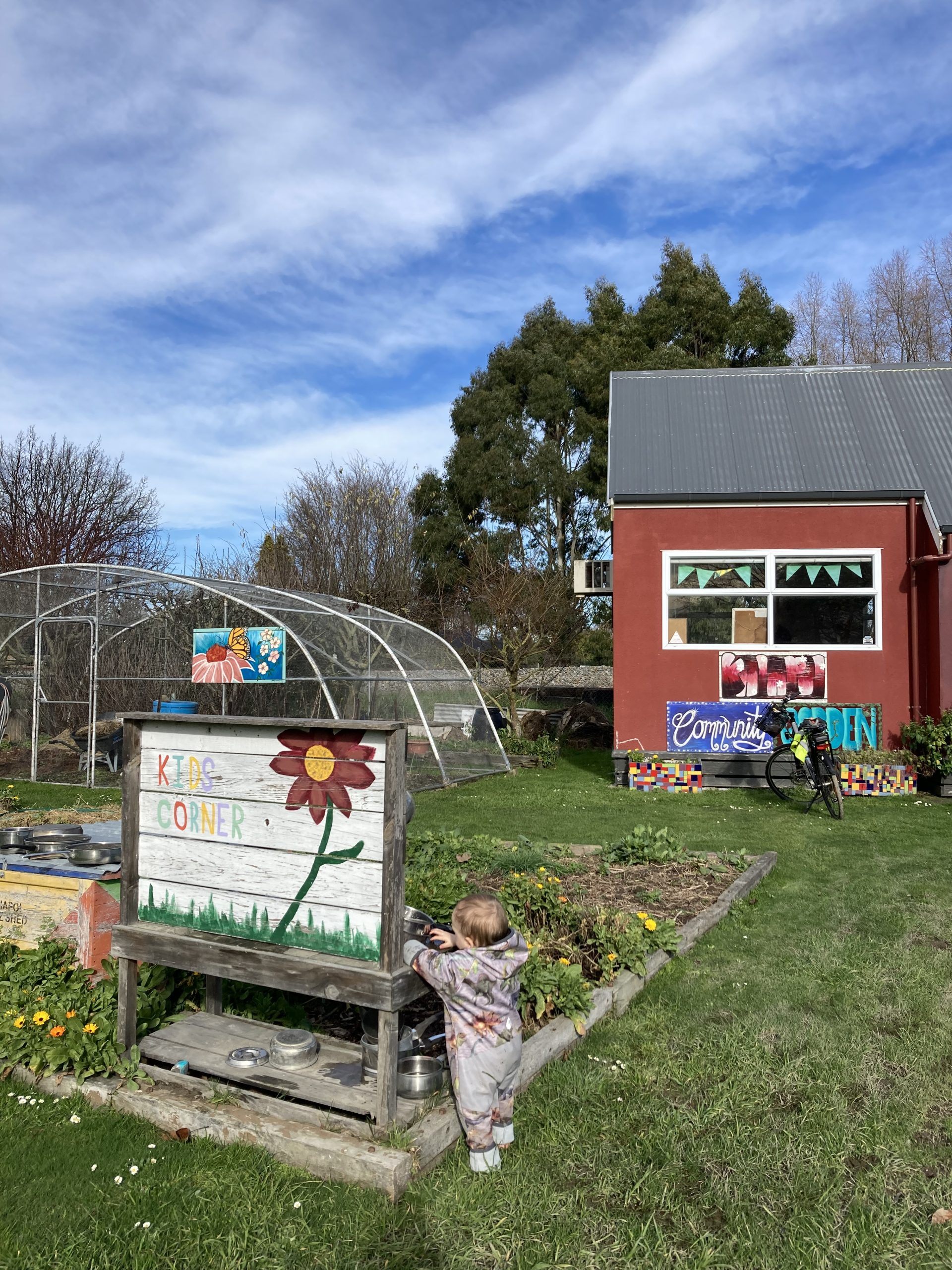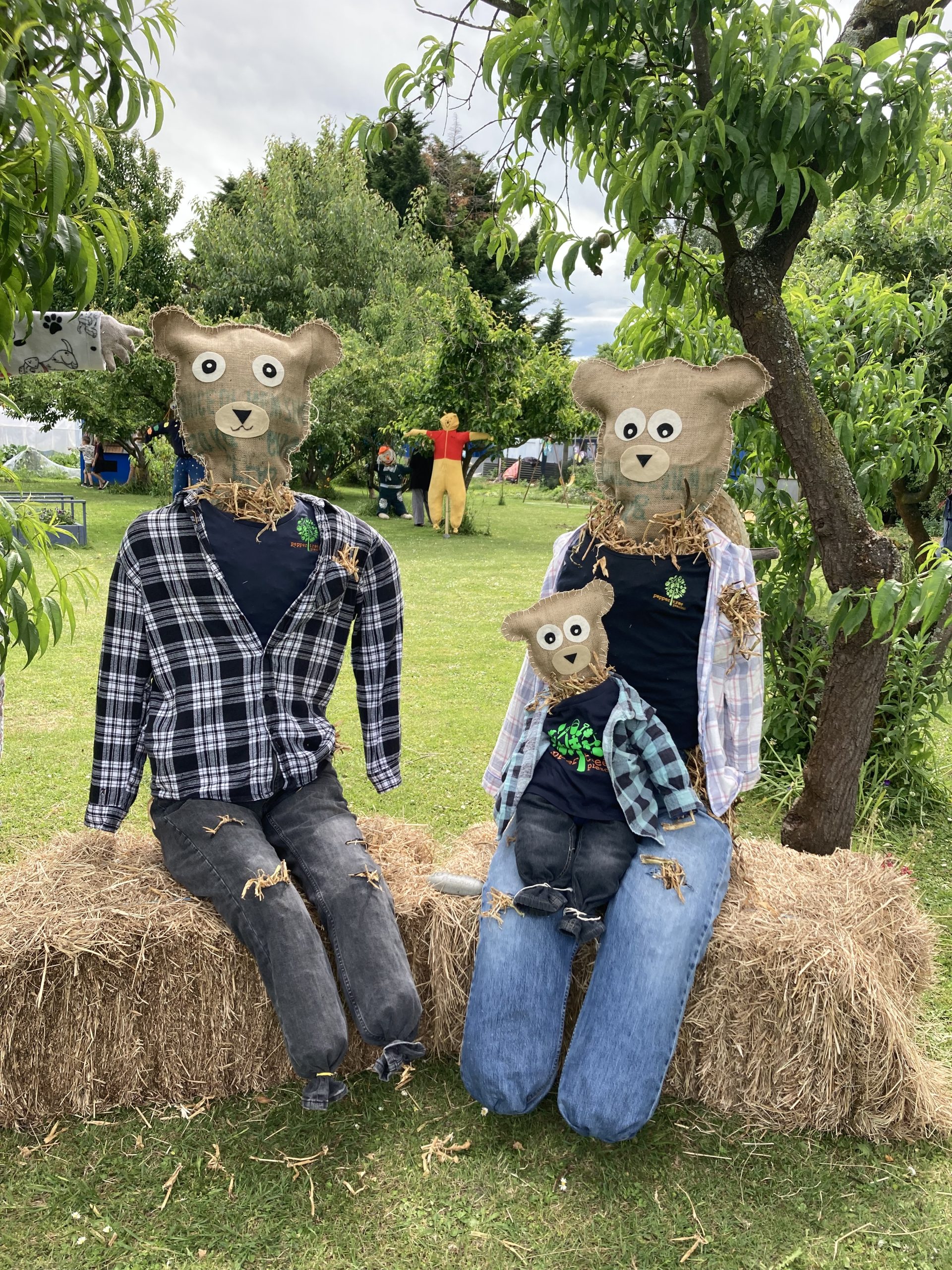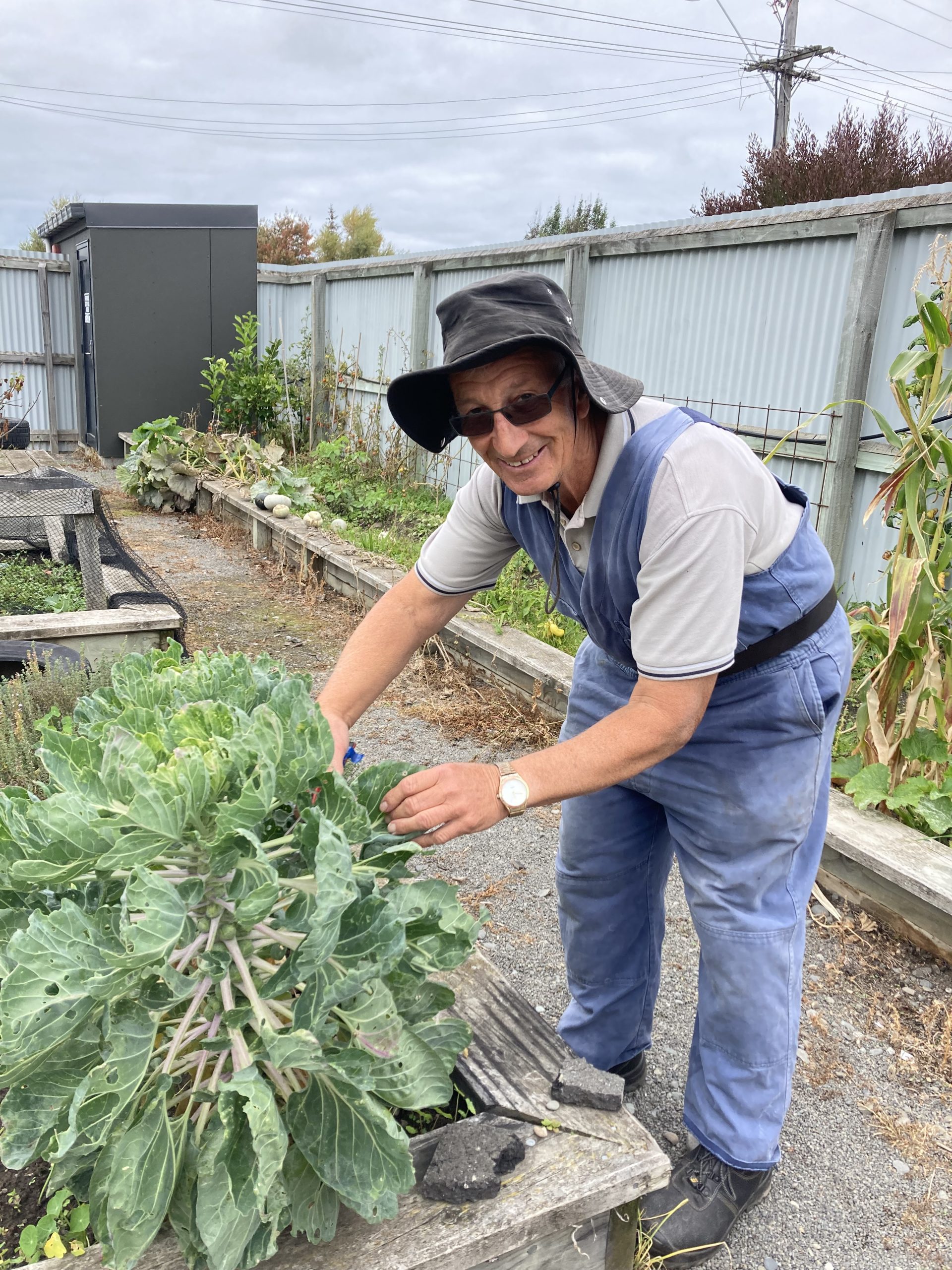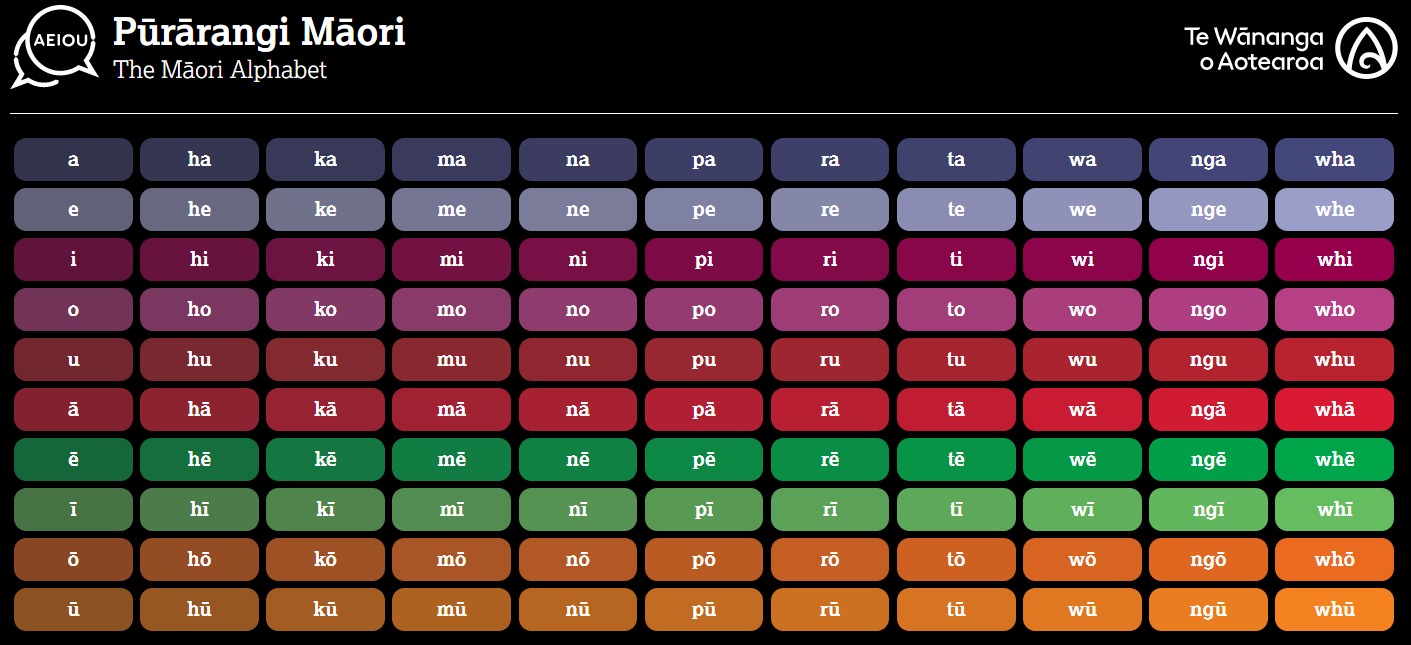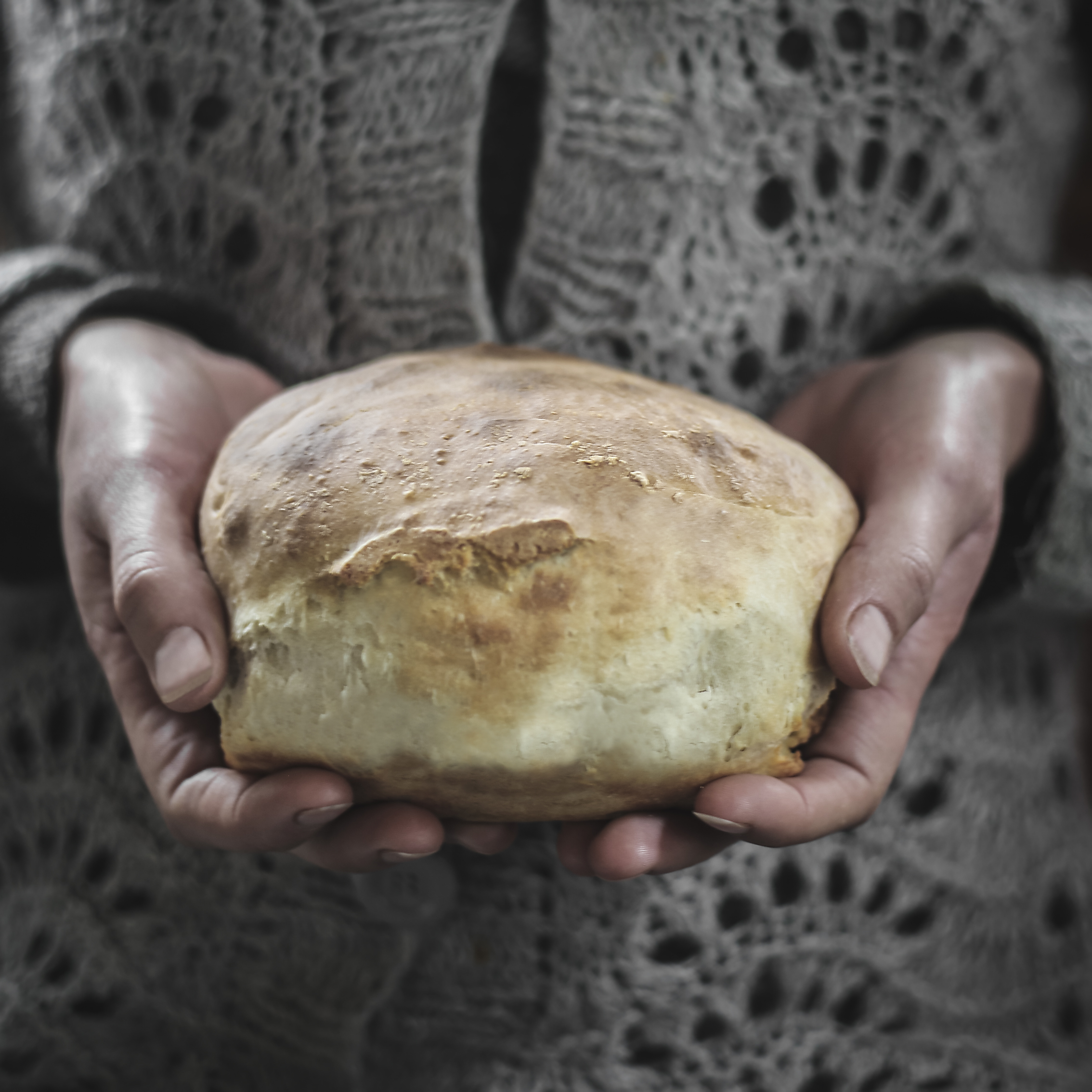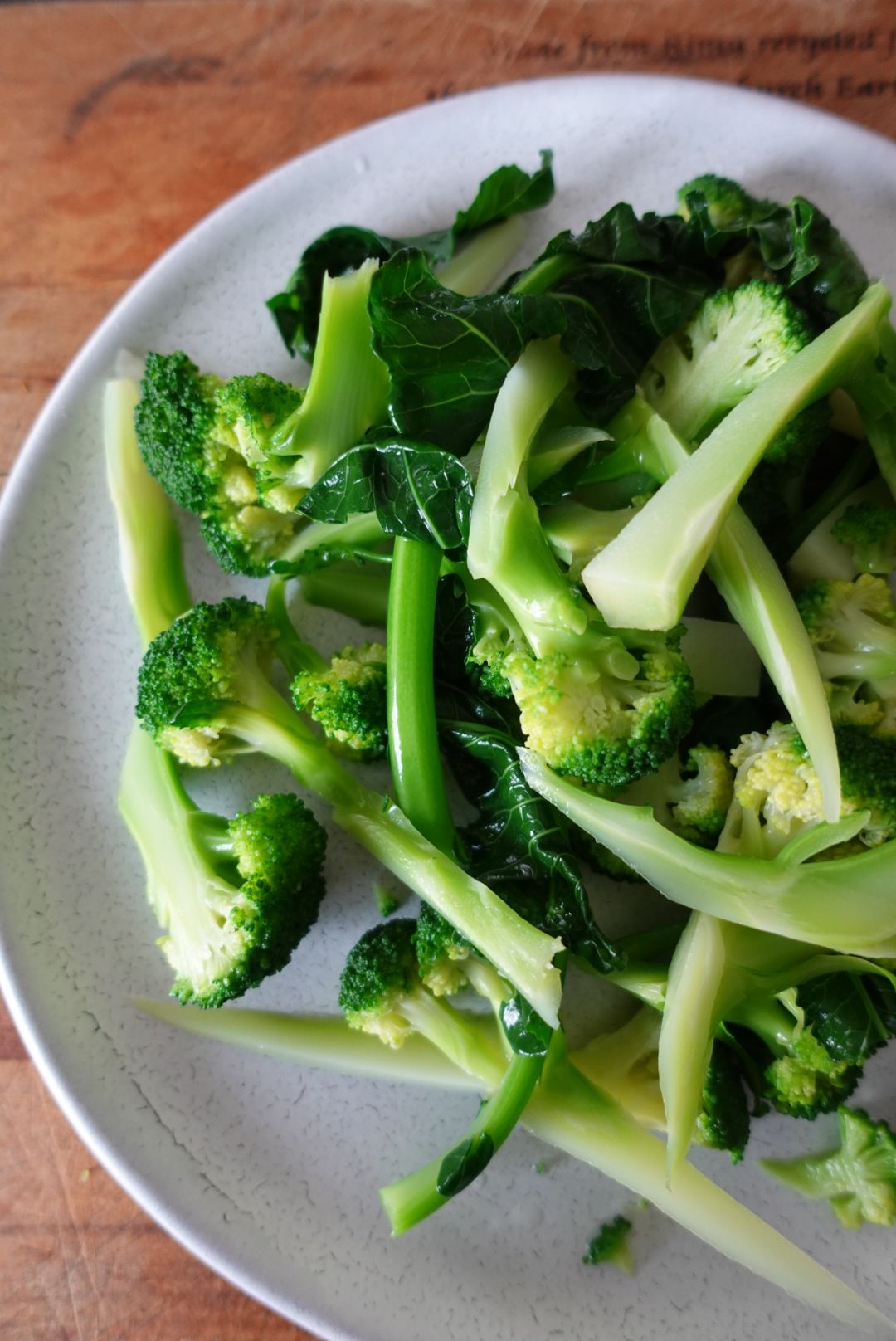Learn more about the benefits of community gardens, such as nurturing relationships and empowering communities – and discover the new Woodend Community Garden!
Exploring North Canterbury for Walnuts
As Autumn arrives in North Canterbury, so does the abundance of walnuts from the numerous wild walnut trees scattered throughout the region.
Historically, walnuts were a staple in hunter-gatherer diets, with their origins tracing back to Asia. Interestingly, healers from various cultures have noted the resemblance between walnuts and the human brain, considering them a great brain food.
Walnuts are relatively easy to grow from seed, self-pollinating (but bearing more fruit near other walnut trees) and providing an annual source of healthy nuts. However, they also have a peculiar trait of inhibiting the growth of other plants nearby, so caution is advised if you have one in your garden or plan to include in a food forest.
There are several spots in North Canterbury where you can forage for walnuts during the autumn season. One favorite location of mine is the Ashley River, a few kilometres east of Rangiora. This spot usually yields enough walnuts for multiple trips, making it an enjoyable activity for the whole family.
When foraging in the wild, it’s essential to be mindful of the surrounding environment. Look out for signs of chemical sprays and ensure that the trees and surrounding areas appear healthy and green. Trees near water sources tend to produce larger fruits and nuts, so keep an eye out for them near rivers, creeks, or in lower-lying areas.
You can usually find enough walnuts on the ground for foraging, but if you’re adventurous, you can also pick them directly from the tree. It’s best to pick the ones where the fruit has split open. However, be prepared for your fingers to be stained, as the skins and fruits of walnuts were historically used as a brown dye for fabric. Wearing gloves can prevent this staining.
Once you’ve collected enough walnuts, it’s crucial to dry them properly. Place them in a sunny, well-ventilated area or a warm room for a few days to remove moisture. Avoid layering the walnuts on top of each other to prevent mold or rot. You can then shell and store the nuts or keep them in their ‘natural packaging’ until you’re ready to enjoy them. The natural packaging is an effective fire tinder over winter also.
If you’re planning a walnut foraging adventure in North Canterbury, here are some tips to ensure success:
- Timing is key:
Walnuts typically ripen between March and May, so plan your foraging trip during these months for the best results.
- Look for walnut trees:
Keep an eye out for walnut trees along riverbanks, in parks, or on private properties (with permission, of course!).
- Spot the signs:
Look for green hulls that have split open, revealing the shell inside. This indicates that the walnuts are ready for harvesting.
- Bring the right tools:
Bring the right tools: Pack gloves to protect your hands from staining, a bucket or bag for collecting, and a nutcracker to crack open the shells.
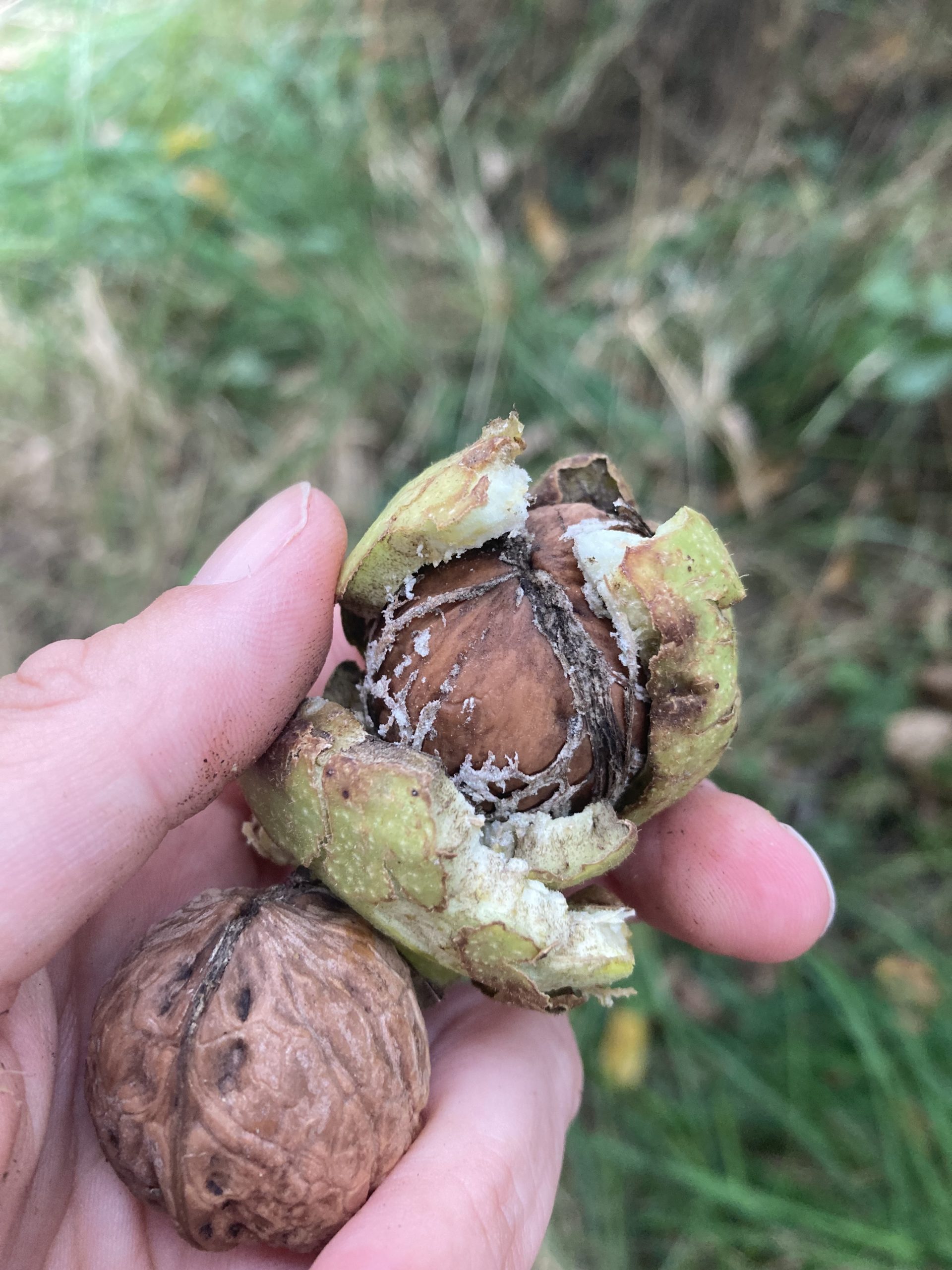
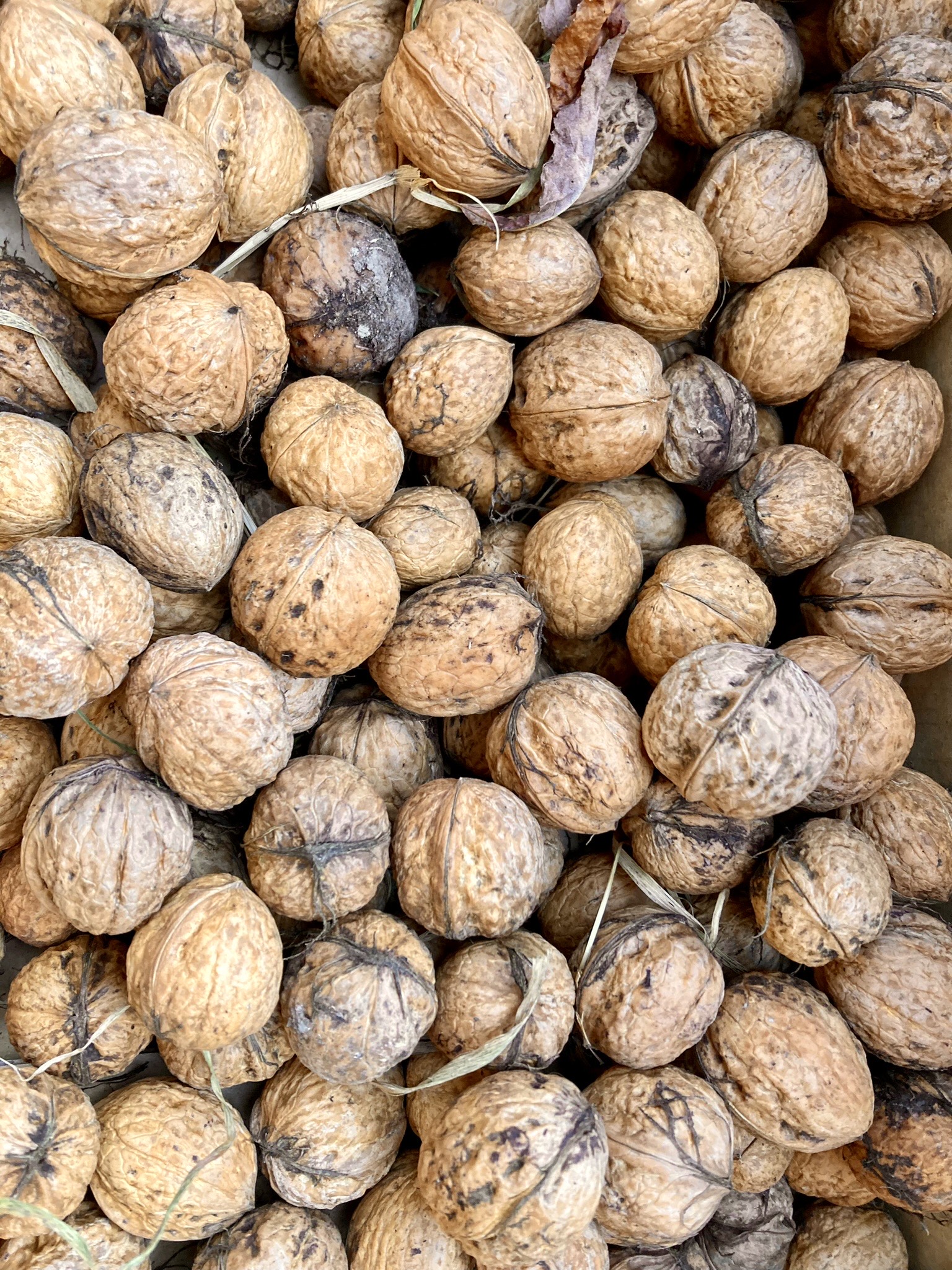
Nutritional Facts About Walnuts:
– Walnuts are packed with heart-healthy omega-3 fatty acids.
– They are a good source of protein, fiber, vitamins, and minerals, including magnesium and phosphorus.
– Incorporating walnuts into your diet may help lower cholesterol levels and reduce the risk of heart disease.
Foraging and Food Security:
Foraging for wild foods like walnuts is not only a fun outdoor activity but also an important part of food security. It allows us to connect with nature, diversify our diets, and reduce reliance on industrialised food systems. By learning to identify and harvest wild foods sustainably, we can enhance our resilience to food shortages and contribute to a more sustainable future. Happy foraging!
Martin is a Rangiora local, who grows vegetables, fruit and forages for food seasonally. “Our environment provides for all of our needs, the secret is to know what you need”.
More posts you may enjoy…
Community Gardens For Building Stronger Communities and Food Security
The Fascinating Story Of Sharon Earl’s Gardening Journey
When she’s not creating tiny drawings with pencil, working with leather, or building life-sized intricate sculptures from wood and steel, Sharon Earl is in her ‘no-dig’ organic vegetable garden.
The SEDE Project
The SEDE (Supporting Elderly Diet Enrichment) Project.
Home gardeners sharing surplus home grown produce with elderly people in their community.
